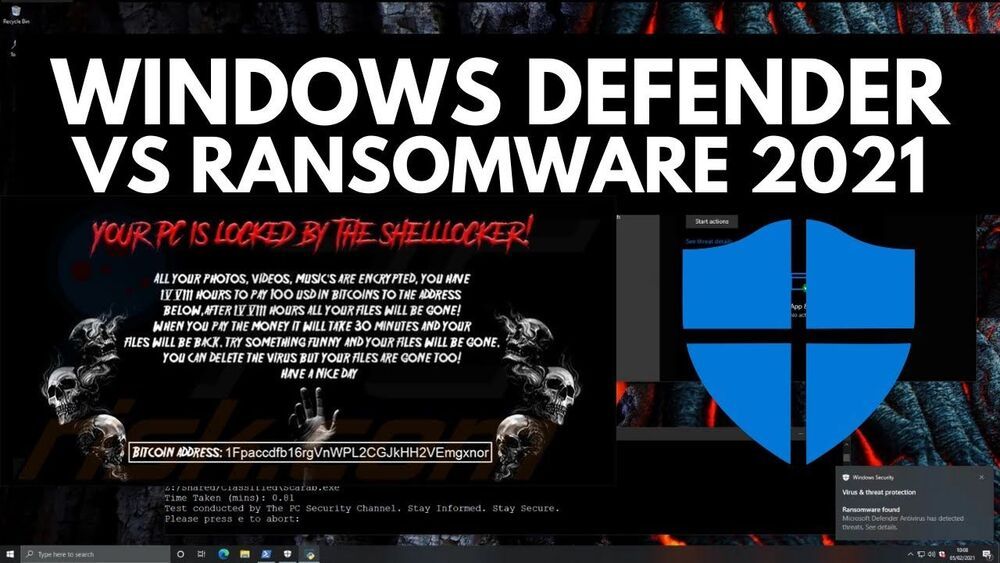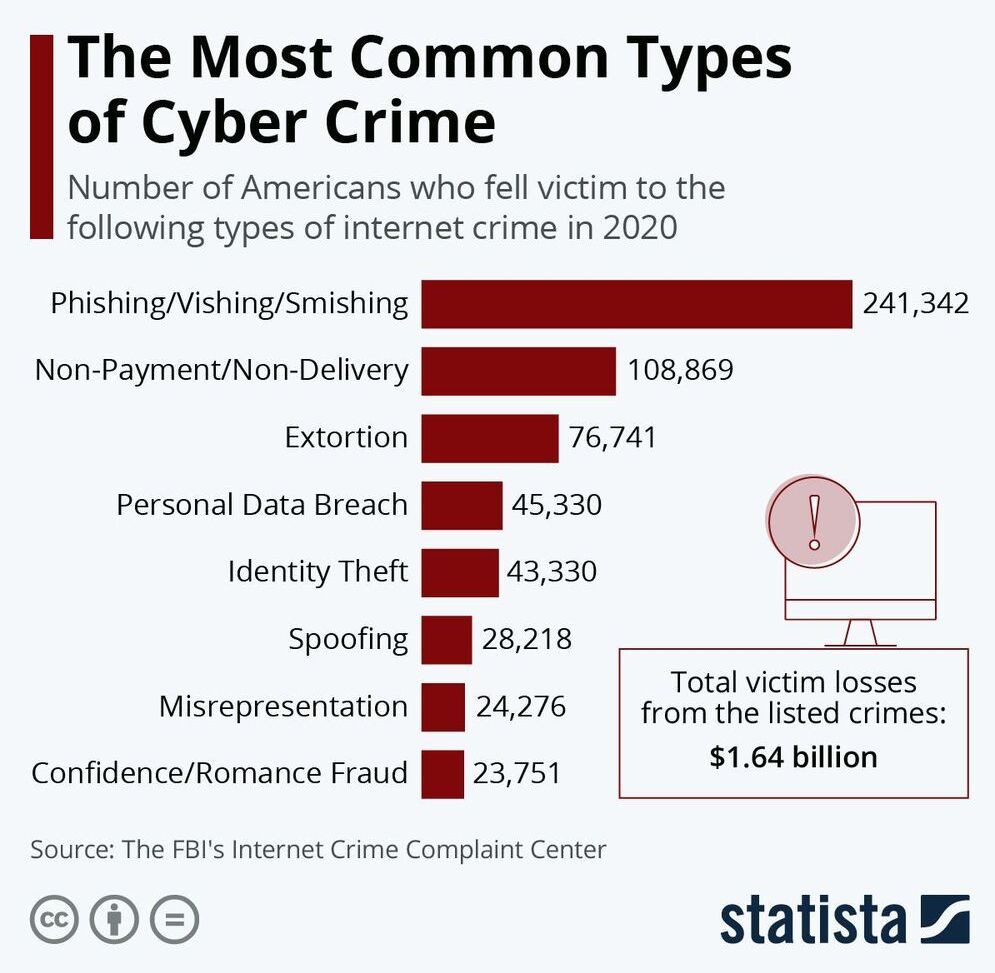Splunk today announced it plans to acquire security software company TruStar for an undisclosed amount. The acquisition will add TruStar’s cloud-native, cyber intelligence-sharing capabilities and automated processes to Splunk’s growing cybersecurity portfolio.
“TruStar will help us get even better at predictive threat assessments by strengthening our threat intelligence framework. This acquisition will allow customers to autonomously and seamlessly enrich their (security operation center) workflows with threat intelligence data feeds from heterogeneous sources,” Splunk president and CEO Doug Merritt told VentureBeat in an exclusive interview.
The pending deal is in line with Splunk’s philosophy that “security is a data problem,” he said. The announcement marks a return to M&A activity for Splunk and the massive $1.05 billion deal for SignalFX in 2019. The company also made four cloud-related acquisitions in 2020.









